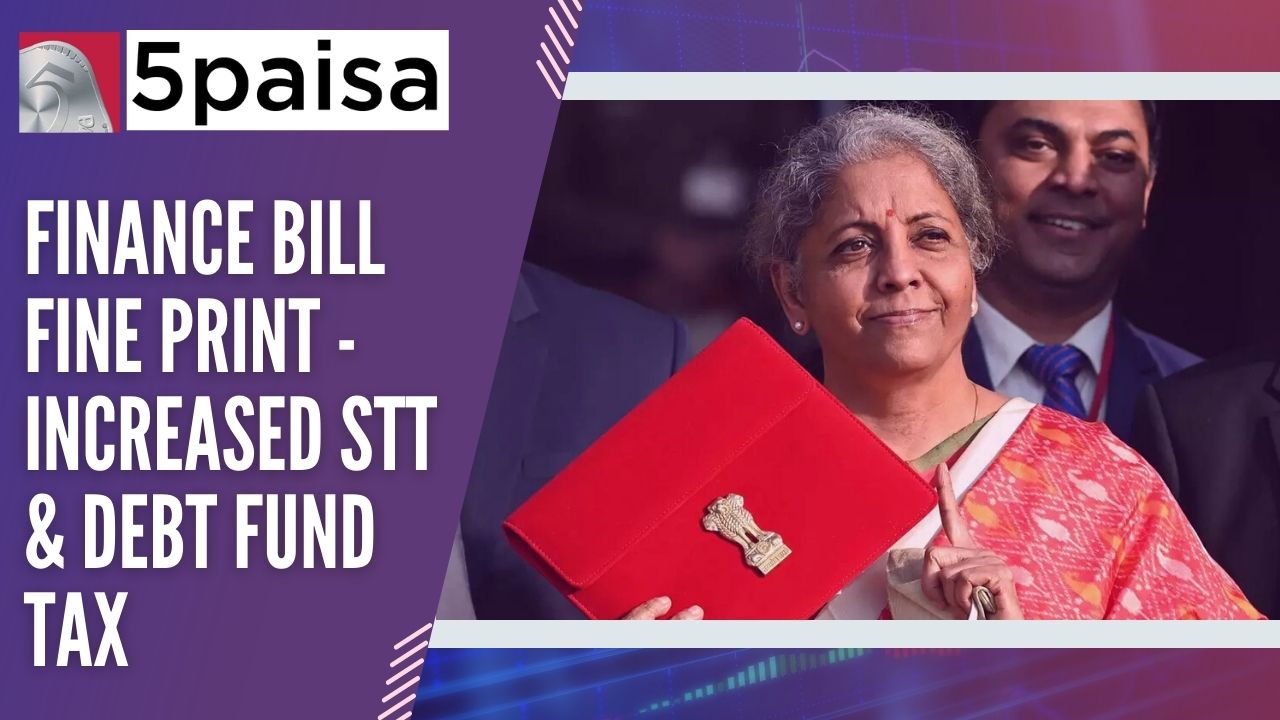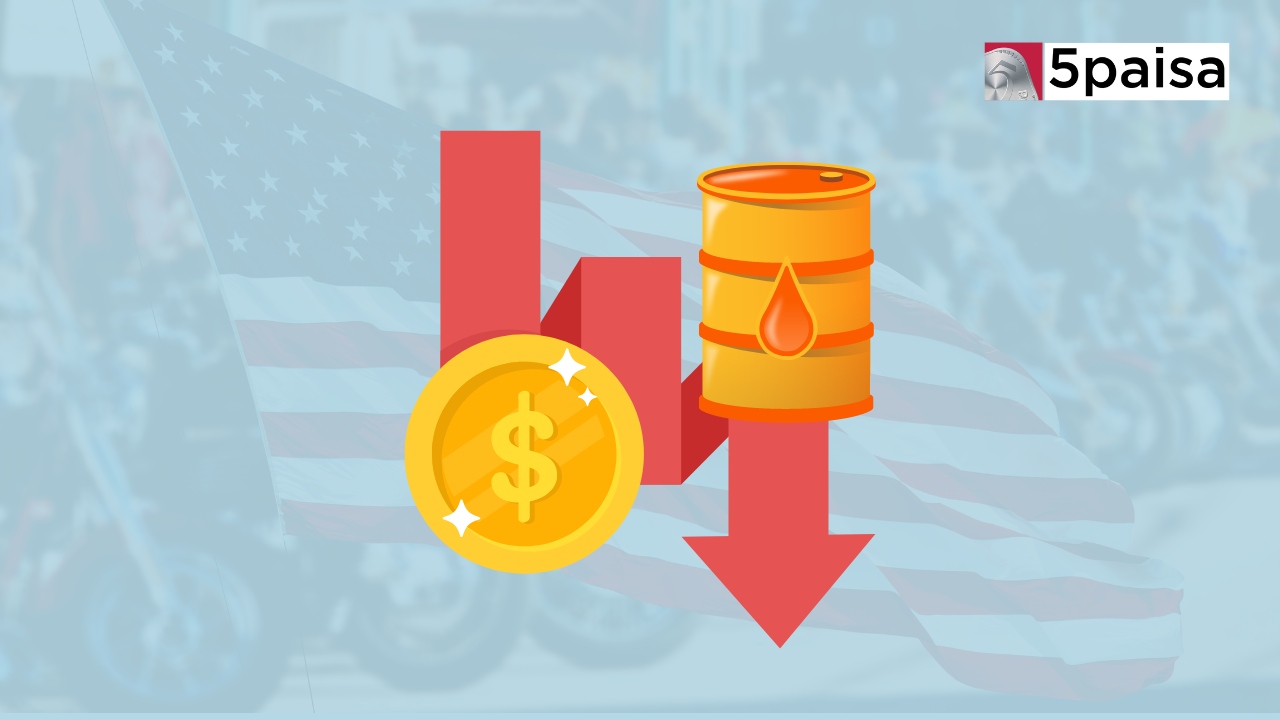L&T Eyes $50-$60 Billion Projects by FY25, Plans Major O2C Investments
Finance Bill fine print: Higher STT and tax on debt funds

Last Updated: 27th March 2023 - 05:17 pm
When the Finance Bill was passed last week in the Parliament, officially giving effect to the Union Budget 2023-24, there were some key amendments with far reaching implications for the financial markets. The first, of course, pertains to the spike in the rate of securities transaction tax (STT). It may be recollected that STT was imposed in 2004 Union Budget and has now been around for close to 2 decades. In this period, it has emerged as a major revenue churner for the government, expected to generate $3 billion plus in FY23. In a rather surprising move, there has been a significant increase in the rates of STT.
The second major shift, which we shall discuss about in detail later, is an amendment that could effectively raise the tax on debt funds and reduce the post-tax returns. In India equity funds are taxed in the same way as equity while debt funds are taxed as non-equity. In the debt funds, the capital gains are taxed at a concessional rate if the holding period is more than 3 years with an additional benefit of indexation. That is also likely to change post the latest Finance Bill. These changes will be effective from 01st April 2023, when the new financial year begins. Here is a quick look at the two major changes.
Hike in the rates of STT
The union finance ministry clarified on Friday 24th March 2023 that the Securities Transaction Tax (STT) on futures and options had been raised by 25% over the previous rates. It may be recollected that while STT is imposed on the buy and sell side on equity delivery trades, the STT is only imposed on the sell side of the transaction in the case of futures and options. Here are two major changes in STT rates announced in the Finance Bill 2023-24, which was passed by Parliament last week.
-
The rate of STT on selling options has been increased from 0.05% to 0.0625%. In other words, the rate of STT on sale of options has stands increased from Rs5,000 to Rs6,250 per every Rs1 crore of premium value of the transaction. It must be noted here that STT on options is charged on the premium value and not on the notional value of the contract.
-
In the case of sale of futures on stocks and indices, the STT rate has been hiked from Rs1,000 to Rs1,250 per notional value of Rs1 crore. In the case of futures, the STT may appear to be lower, but that is because STT on futures is charged on notional value while the STT On options is charged on the premium value. In both cases, the effective increase in STT rate is 25%.
How would this impact market volumes and profits in F&O trading. The expert view is that it could hit the volumes of high frequency traders and of small retail traders. According to a recent SEBI report, the number of individual traders in the F&O segment has grown 6-fold in the last 3 years from 7.1 lakhs to 45 lakhs. This segment is extremely price sensitive and their volumes are likely to be hit. Normally, when it comes to initiating sell side trades, it is the institutions and proprietary desks that initiate sell trades on futures and options while retail is on the buy side. However, retail investors with long positions also have to sell to close their long positions. The new STT calculation will surely hit their break even calculations and that could hit volumes. However, in the past, there have been several occasions when cost of trading has gone up, but volumes have also grown.
What Finance Bill said about debt funds taxation
In a sense, the Finance Bill 2023-24 may have made debt funds less attractive in terms of post-tax returns. In the process, it is likely to put the debt funds at par with bank FDs in terms of tax treatment. But first let us look at how debt funds are taxed in India.
-
Debt fund gains are classified as long term, if held for more than 3 years. Else, it is classified as short term capital gains.
-
In the case of short term capital gains, the same is added to the total income of the tax payer and taxed at the normal incremental rates of tax applicable.
-
In the case of long term gains on debt funds, the rate of 20%, with benefit of indexation. This normally reduces the effective rate of tax to less than 10%, which was the key.
What has changed in the latest Finance Bill 2023-24? Under the amendment, mutual funds with investments of 35% or less in equities (non-equity funds) will now be taxed at the normal tax rate. Effectively there will now be two brackets of taxation for debt funds. Firstly, if the holding in equity fund is between 35% and 65% in equity (debt and balanced funds), then long term capital gains would still be 20% with benefit of indexation. The second bracket will be the predominant debt funds with equity less than 35%, in which case, capital gains will be treated as other income and taxed at the normal tax rate applicable. What will be the implications.
Firstly, this is positive for bank FDs, as it takes away the biggest tax advantage that debt funds enjoyed till date. Secondly, it is likely to hit systematic withdrawal plans from conservative debt funds since the taxation will now be too steep. Above all, the typical systematic transfer plan (STP) and the sweep plans which sweep funds out of debt funds into equity funds will also be negatively impacted by this change. In a sense, the government has tried to put pure debt funds at par with bank FDs and other debt instruments. Technically, that can be justified, but it surely calls for rethinking your financial plan in the light of the new taxation rule book.
- Flat ₹20 Brokerage
- Next-gen Trading
- Advance Charting
- Actionable Ideas
Trending on 5paisa
05
 Tanushree Jaiswal
Tanushree Jaiswal
Indian Market Related Articles
Disclaimer: Investment in securities market are subject to market risks, read all the related documents carefully before investing. For detailed disclaimer please Click here.
 5paisa Research Team
5paisa Research Team




